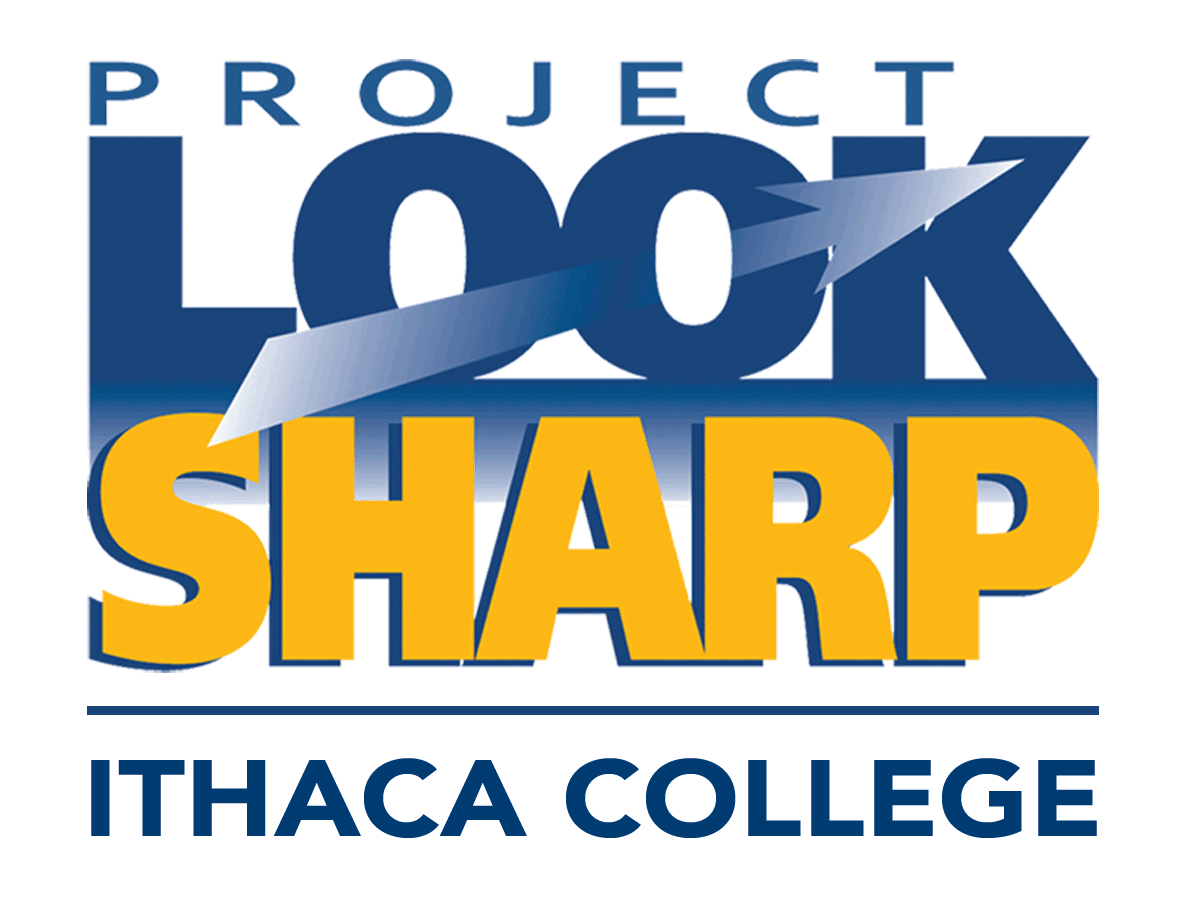Your Search Results (90) sorted by newest
Freedom Fighters or Terrorists?
Media literacy and critical thinking lesson comparing media representations of Afghani fighters before and after the 9/11 attacks in two documentary films.
This lesson is part of a "kit" or collection of media decoding lessons on a particular topic. You can explore that kit using the link below:
Unit: Militant Muslims and the U.S.Kit: Media Constructions of the Middle East
30-60 Minutes
Fruit Juice vs Fruit Snacks and Fruit Drinks
Media literacy and critical thinking lesson teaching students to discriminate between real fruit and fruit snacks and between real juice and fruit drinks by decoding TV commercials
This lesson is part of a "kit" or collection of media decoding lessons on a particular topic. You can explore that kit using the link below:
Playlist: Elementary Critical Thinking Skill BuildingUnit: Kindergarten Lessons
Kit: Critical Thinking & Health: Nutrition and TV Commercials
15-30 Minutes, 30-60 Minutes
GMOs: Bias and Credibility in Media Messages
Students analyze three web videos from corporate, academic and activist sources for messages about genetically modified organisms, techniques used to sway the viewer, and questions about credibility and one’s own confirmation biases.
30-60 Minutes
High Fructose Corn Syrup? Is There a Problem? Who Says?
Students analyze a commercial from the Corn Refiners Association, a blog post from an industry-supported group and an article from the Union of Concerned Scientists for messages about the health impacts of high fructose corn syrup, the spread of scientific misinformation and how funders influence media messages.
30-60 Minutes
How False Statistics Spread in the Digital World
In this media literacy activity students analyze a newspaper headline and photo, a tweet, an academic journal and a university survey for messages about the spread of false information via different media sources.
30-60 Minutes
How Much Fruit is in this Drink? How Can You Tell?
This is a media literacy and critical thinking activity in which students decode juice containers for messages about health and nutrition.
15-30 Minutes
Hydrofracking, Media, and Credibility
Media literacy and critical thinking lesson analyzing the credibility of messages about hydrofracking as presented in video clips, diagrams and online searches.
This lesson is part of a "kit" or collection of media decoding lessons on a particular topic. You can explore that kit using the link below:
Playlist: News Accuracy and CredibilityKit: Media Constructions of Sustainability: Fingerlakes
Over 60 Minutes
Incan Religion – What Sources Should I Use?
In this media literacy activity students analyze excerpts from different media documents – a young adult fiction book, a Wikipedia article, a Twinkl education page, a magazine article, a tourism webpage, a documentary film and an animated children’s film – to assess the credibility and usefulness of each source for research on Incan religion.
30-60 Minutes
Internet Messages About Toys: What’s the Purpose?
In this media literacy activity, students analyze a toy commercial, an educational video and a clip from an animated film for messages about the purpose of media messages.
15-30 Minutes
Lemmings: Documentary Film Clip Decoding
Media literacy and critical thinking lesson reflecting on the influence of the media on people's beliefs about science and teaching ways to check the validity of questionable claims.
15-30 Minutes
Mapping the Border: Who Decides?
This is a media literacy and critical thinking activity in which students analyze different maps of the U.S. Mexico border region for messages about how mapmakers use images and words to convey messages.
30-60 Minutes
Marketing OxyContin: Profits, Lives and Disinformation
Media documents are excerpts from a company memo from Purdue Pharma, an investigative reporting video, an online article and two government reports related to the marketing of OxyContin. Students analyze messages about the role of industry in fueling the opioid epidemic and the credibility of the media documents.
30-60 Minutes
Mass Shootings: Tracking the Numbers
This is a media literacy and critical thinking activity in which students decode a blog post, a fact checking website and an article in a national magazine for messages about sourcing and credibility.
30-60 Minutes
Media Bias Charts: Who’s Rating What?
In this media literacy activity students analyze 4 charts on the political bias of different news sources with background information on the authors and methodology for each chart, to reflect on credibility, political bias in the media, the student’s own confirmation biases, and extremist views on the Internet.
30-60 Minutes
Misinformation About COVID-19: How to Figure It out
In this media literacy activity students analyze videos for messages about what to do about misinformation about the COVID-19 pandemic.
30-60 Minutes
More Commercials & Their Tricks
Media literacy and critical thinking lesson will teach the purpose of a commercial and wording tricks advertisers use to sell their products
This lesson is part of a "kit" or collection of media decoding lessons on a particular topic. You can explore that kit using the link below:
Unit: First Grade LessonsKit: Critical Thinking & Health: Nutrition and TV Commercials
30-60 Minutes
Political Memes and Bias: What Resonates, What’s True and What Do We Share?
Students analyze political memes about Trump and Biden to think about their purpose and target audience, how to determine their accuracy/credibility, and to reflect on their own biases and critical thinking.
30-60 Minutes
Presidential Photo-Op and Political Protest: Who’s Telling the Story?
In this media literacy activity students analyze and compare a short video produced by the White House and a longer news report by MSNBC on President Trump’s photo-op in front of St. John’s Episcopal Church on June 1, 2020 during nationwide protests against police brutality and racism.
15-30 Minutes
Raptors in the Media
Students analyze a book cover, a magazine cover, a tweet, a poster, a website and a YouTube screen shot for messages about media forms, osprey, eagles and condors and environmental concerns.
15-30 Minutes
Rating Media Credibility – Who’s Behind the Curtain?
In this media literacy activity students analyze websites for messages about how funders and advisors influence bias.
30-60 Minutes


















.png)

